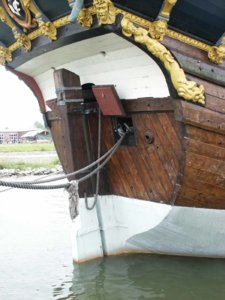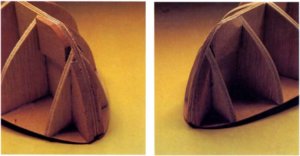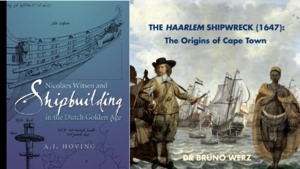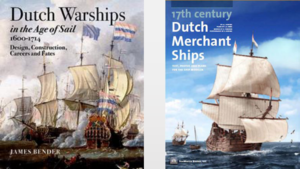Heinrich,
Excellent explanation of your latest work. I know the “it’s there” feeling. I’m still in the novice builder phase and see all the “mistakes“ in my previous builds. Fortunately when we have company and the ships on the mantle are shown, they see the overall model. “How long did it take to build that” is the most common comment.
Jan
Excellent explanation of your latest work. I know the “it’s there” feeling. I’m still in the novice builder phase and see all the “mistakes“ in my previous builds. Fortunately when we have company and the ships on the mantle are shown, they see the overall model. “How long did it take to build that” is the most common comment.
Jan










